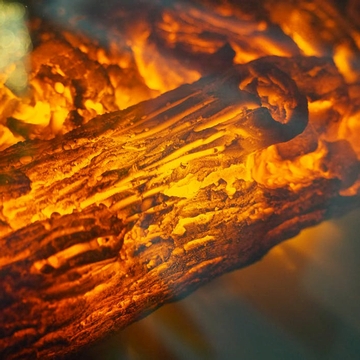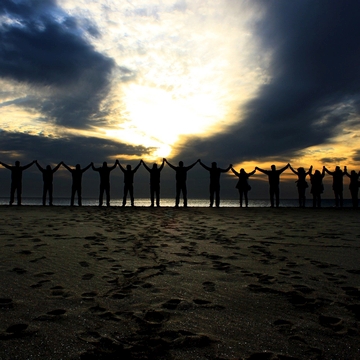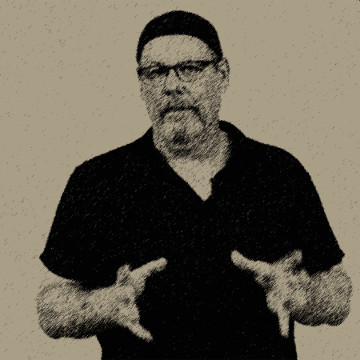Youth and the Power of Street Democracy
by Mary DeMocker
There’s a lot of talk about resistance in the U.S. these days, what with Donald Trump and the Congress of climate deniers so efficiently bulldozing human rights, democracy, and the planet itself. And the timing couldn’t be worse for anything living on Earth now or in coming decades; our window for mitigating — and reversing — climate destruction narrows with each passing hour.
My modest proposal? Climate revolution. To some, ‘revolution’ may sound extreme, but I’m not suggesting we grab our muskets for armed insurrection. The climate revolution I’m talking about seeks fundamental political, cultural, and technological changes. Climate revolution, then, is anything that says NO to fossil fuels, NO to oil subsidies, NO to short-sighted, earth-killing policies—and YES to life, YES to smart climate policy, YES to a prosperous planet for children.
The good news is that the movement toward a clean energy future is already underway nearly everywhere, needing only our recognition and, now and then, a little help. As the following excerpt from my book illustrates, adults can push things along in the right direction by first inviting young people to imagine a thriving future — and then empowering them to fight for it.
* * *
The following is a chapter excerpted from
The Parents’ Guide to Climate Revolution: 100 Ways to Build a Fossil-Free Future, Raise Empowered Kids,
and Still Get a Good Night’s Sleep
by Mary DeMocker
Sue the Grown-Ups!
“If we win this case, it will be revolutionary for environmental law.” — Kelsey Cascadia Rose Juliana
“Kelsey Juliana and some other kids are suing the governor of Oregon and the president of the United States for destroying the climate.”
In 2015, when I said this to a group of sixty rambunctious fifth-graders, they suddenly stopped fidgeting. Kelsey was from a nearby high school, and she was, and is, helping bring international attention to her generation’s climate plight.
I’d been invited to the school to talk about the block-long faux pipeline my family and 350.org Eugene had built to protest a proposed fracked-gas export pipeline through Oregon. As the fifth-graders set up chairs, the teacher confided, “We’ve been studying climate science all year, and they’re a bit daunted. It’ll be good for them to hear about positive actions they can take.”

The students got a kick out of photos and descriptions of our huge, fake pipeline, but once I mentioned Kelsey, they wanted to know everything about her. Did she have a lawyer? How often did she go to court? And how did she even start?
Abandoning my planned talk, I dove into the whole story: It wasn’t just Kelsey. Children from all fifty states, in fifty separate lawsuits, have sued their governors and state agencies. Another group has sued the president and federal agencies such as the EPA. Kelsey is suing both her governor AND the president. Why? Because she doesn’t think the adults in charge should be able to trash the climate children need to survive.
I said, “Kelsey and her friends are saying that government support for Keystone pipeline, fracking, and big subsidies for fossil-fuel corporations isn’t just dumb because burning coal, oil, and gas destroys the climate; it’s illegal because it violates children’s constitutional rights.”
The other teacher laughed and said, “We’ve been studying the Constitution all year!” She and her students began reviewing what they’d previously learned about the three branches of the U.S. government and how each branch is meant to keep each other in check so our democracy doesn’t fall to tyranny.
“Remember,” the teacher said, “when two branches of government — the president and Congress — violate the Constitution, the third branch, the courts, can stop them. Like when judges stopped schools from segregating students in the 1960s. Segregation violated black students’ constitutional rights, and the Supreme Court — remember the Brown V. Board of Education case? — told the government to stop.”
The kids were rapt, especially when we got to the great plot thickener — how Big Oil jumped into the fray as “intervenors,” which meant that, as co-defendants with the United States government, they could bring their war chest to fight the children.
I explained, “Kelsey wants to make the government do whatever it takes to keep the Earth healthy. Climate scientists say we must stop burning fossil fuels, which oil companies don’t like because they’ll make less money. That’s why corporations like Shell, ExxonMobil, and Koch Industries are telling the judge that children don’t have the right to a livable planet.”
I described Our Children’s Trust (OCT), the nonprofit organization supporting the lawsuits, which was begun by environmental lawyer (and mom) Julia Olson, who lives in Eugene. I invited the children to the courthouse for an upcoming hearing.
They wanted in. They asked their teachers if Kelsey could visit, and a few days later, she did and revved them up even more. She said, “I’m telling the judge everything I’ll lose if the government doesn’t protect the climate. Can you guys do the same thing outside the courthouse?”
By then, the kids would have sawed off a limb if she’d asked. With the teachers’ help, they drew posters of things they loved in Oregon and stood to lose to global warming — favorite beaches, sledding in wintertime, and rivers where they fished for family salmon cookouts.
On the big day in April 2015, Mayor Kitty Piercy joined the students for their colorful “Children’s Tribunal” on the courthouse steps. PBS NewsHour sent a second camera crew, and footage of the children holding up their hand-drawn posters opened the ten-minute national news feature about the groundbreaking case.
The following year, in April 2016, the same teachers brought their fifth-graders and took over the federal courthouse steps for another hearing. They were joined by a hundred high schoolers who marched in carrying a huge, inflated Earth and leading a call-and-response chant: “What do we want? Climate Justice! When do we want it? Now!” Their arrival at the courthouse set off triumphant cheers from the crowd.
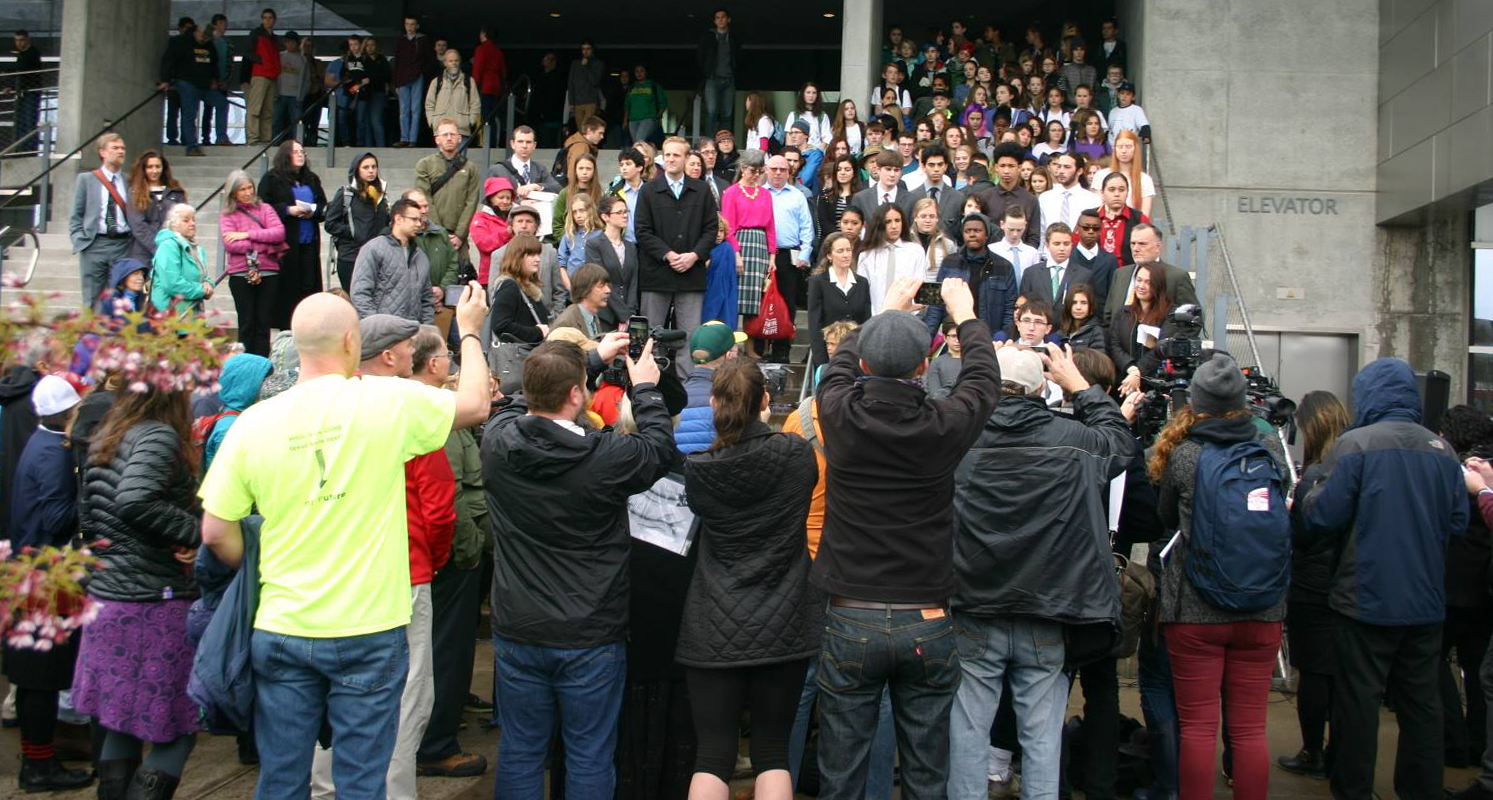
This time the federal government wanted Juliana V. U.S. to be dismissed, but Judge Thomas Coffin ruled in the children’s favor. He wrote that endless climate debate “necessitates a need for the courts to evaluate the constitutional parameters of the action or inaction taken by the government.” His language made clear that — hurray! — he agreed with the children on a key point: They deserve to have their day in court.
We may never know what compelled Judge Coffin to take that courageous, pioneering legal step, but we do know this: Families swarmed the courthouse that day. Twenty-one plaintiffs, ages eight to twenty-one, faced him in his courtroom. Hundreds of middle schoolers and high schoolers filled the courtrooms. Hundreds of elementary school kids rallied on the courthouse steps.
Even more young people showed up for the next hearing months later, when the government and oil companies appealed Judge Coffin’s decision. That time, Judge Ann Aiken affirmed the decision, ruling two days after Donald Trump’s 2016 election that the children could indeed take the US government to trial for violating their constitutional rights.
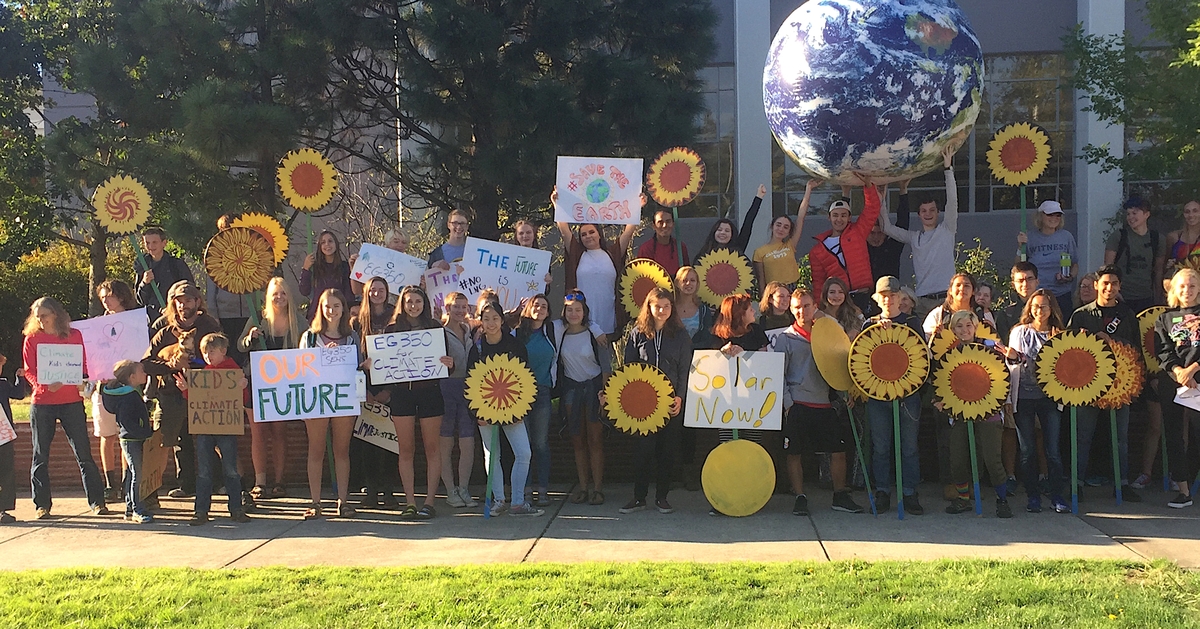
“I have no doubt,” Judge Aiken wrote, “that the right to a climate system capable of sustaining human life is fundamental to a free and ordered society….Without ‘a balanced and healthful ecology,’ future generations ‘stand to inherit nothing but parched earth incapable of sustaining life.’”
Wow! A US federal judge ruled, for the first time, that the atmosphere should be protected!
Before you pop the champagne, though, let me clarify: This doesn’t mean the government must change its wicked ways — not yet, anyway. But these rulings do mean that the kids get a chance — finally — to put the US government on trial for knowingly destroying the climate.
That could lead to the big prize: a court order forcing our government to make science-based plans for restoring carbon dioxide concentrations to the safe upper limit of 350 parts per million.
This brilliant strategy bypasses any climate-denying president and Congress completely. And it just might work. In fact, many environmental lawyers say it may be the only shot we have left on the legal front.
That opportunity is galvanizing families everywhere. At the state level, children have won favorable rulings in Washington, New Mexico, Oregon, and Massachusetts, and they continue to work hard on cases pending in other states. At this writing, children in twelve countries, including France, India, Pakistan and England, are pursuing ongoing cases.
Big Oil tiptoed out the back after Judge Aiken said they’d be going to trial. The Trump administration, meanwhile, is fighting the children tooth and nail — which is why we need hundreds of people, children and adults, on the courthouse steps every time there’s a hearing. We want judges to hear our voices, too.
Excerpted from the book THE PARENT’S GUIDE TO CLIMATE REVOLUTION. Copyright ©2018 by Mary DeMocker. Printed with permission from New World Library.
* * *

To make our voices heard, we don’t all have to sue the federal government. We don’t have to have a physics degree, wealth, or connections to senators and celebrities. Each of us has different life circumstances, resources, and energy, which means we’ll offer unique contributions to the climate recovery conversation. I wrote my book to help others — and, myself, honestly, — find constructive roles, whether through bold public campaigns or small actions taken in the privacy of our living rooms.
My calling is to use the arts to “re-story” the future, meaning both to restore it and to tell a new story about what’s possible. I’ve written songs, poems, speeches, comic strips, and now a how-to book that urges — and sometimes begs — people to fight for system change now, when it can still make a difference in the outcome.
When I reflect on this particular sequence of events, as recounted in my book, I’m struck by how the projects worked out so beautifully. Countless volunteers made them joyous and successful, including parents who stepped forward to help amplify their children’s voices. Children inspired media coverage, saw history in the making, and, by encouraging the judge to take a courageous legal step, played a role in a historic legal decision. What I didn’t expect was the happiness expressed by the children and their parents and teachers, but it confirms for me that people of every age hunger for agency in the climate crisis. The more we can provide varied and creative entry points into it for ordinary people, the more likely it is that we’ll do enough on the global level — and do it in time.


